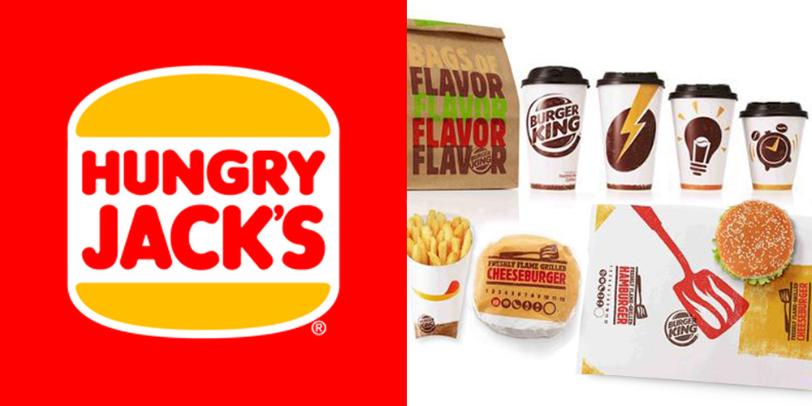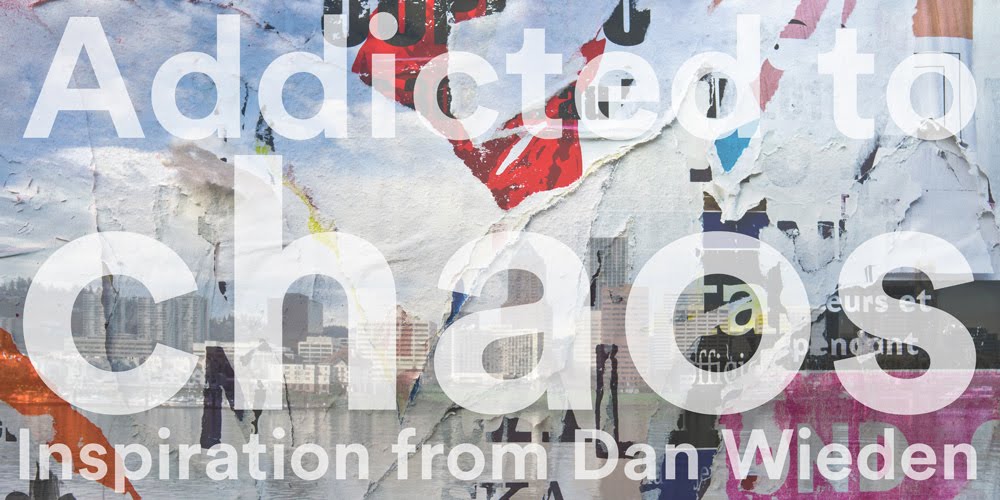Coca Cola's Innovation In Design
Back in 2011 I attended a presentation by David Butler, Coca-Cola's VP of innovation and he outlined how the company were using revolutionary systems to operate on a global scale. This included designing their vending machines so that they could be easily modified to accommodate the vast stable of brands owned by the company and interchangeable languages for use throughout the world. David's presentation was an inspiration in both business agility and creating modular systems.
Coca-Cola have continued to innovate! A little earlier this year Coke announced that they had created the world's first plastic bottle made entirely from plant-based material. Coke partnered with Varent for the project who are creating chemicals and fuels using renewable resources to replace crude oil. With the plant bottle project Varent used BioForming technology that converts starches and sugars found in plants to produce the plastic. Incredibly, the plant bottle feels just like a normal PET plastic bottle.
Another recent breakthrough within their packaging design was to replace it's iconic branding and to print thousands of different peoples names on bottle labels. This was achieved with an innovatory use of digital printing techniques. The brands strong use of colour and form allowed it to maintained the products identity.
This has recently be taken one step further with the company releasing a version of it's classic red and white can without text and just it's iconic white swoosh. A similar approach was recently used when UK's Selfridges department store stocked iconic products with their band names removed This including Marmite and Heinz baked beans and Ketchup. You can read more by clicking here.
The decision to remove all copy from coke cans has more depth than just aesthetics though! These innovative coke cans will launch in the middle east over the month of Ramadan.
The Dieline website features a quote from the company:
"Coca-Cola has shared the first-ever “No Labels” cans as part of a social experiment idea during Ramadan. The cans are created to make a compelling point about removing stereotyping and prejudices. The message on the cans spells out their purpose, sharing with every consumer who grabbed those cans that labels are for cans, not for people.
The sleek cans appeared for the first time ever, without the traditional label on them, but still bearing the beautiful, iconic brand cues, as part of the social experiment."
"The cans have been released in time with Coca-Cola’s global campaign, ‘Let’s take an extra second’, where the brand invites the world to take an extra second and get to know people, in order to get rid of all the stereotypes and preconceptions one might have.
Coca-Cola is probably the one mega-brand that talks most about equality in its communication and it’s only natural for them to strip their own labels, in an effort to encourage everyone to strip the labels off of people as well.
In the Middle East, a region with over 200 nationalities and a larger number of labels dividing people, these Coca-Cola cans send a powerful and timeless message that a world without labels is a world without differences. And that we are all basically just the same - human."
Read the whole interview at the Dieline by clicking here.
Here's a great quote from David Butler on how he views designers as 'Natural Optimists'. You can read the full interview on the Coca-Cola website by clicking here.
"Designers don’t see problems as problems. We see problems as opportunities to make something better … we’re hard-wired that way. Today’s world is more connected and complicated than ever before. The types of issues we’re faced with have moved beyond complicated to what some call “wicked problems” — multidimensional, nonlinear challenges like obesity, water scarcity, global warming and the international debt crisis. We can’t really solve these problems; we can only chip away at them. They require all of us to “think like designers” with a new level of optimism as we design solutions for a dynamic and uncertain world."
David's book, Design to grow is now available. Read more here.



Comments
Post a Comment